Posts Tagged: colony collapse disorder
Tough Time for Bees
In February--the afternoon of Feb. 8 to be exact--Extension apiculturist Eric Mussen of the UC Davis Department of Entomology told us that California almond growers may not have enough honey bees to pollinate this year’s crop of 800,000 acres. He...

Honey bee foraging on almond blossom. (Photo by Kathy Keatley Garvey)

Close-up of honey bee on an almond blossom. (Photo by Kathy Keatley Garvey)
Neonics Creating Quite a Buzz
The neonicotinoid pesticides are creating quite a buzz in the bee world. Research published this week in the Science journal zeroed in on the effects of the neonics on honey bees and bumble bees.Science writer Eric Stokstad, in his news analysis...
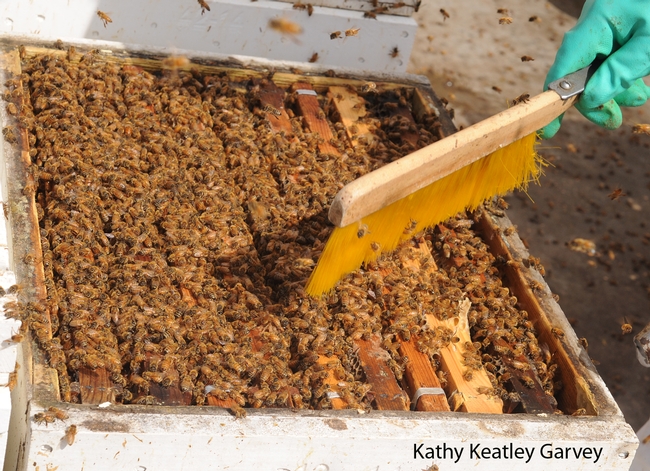
A thriving honey bee colony. (Photo by Kathy Keatley Garvey)
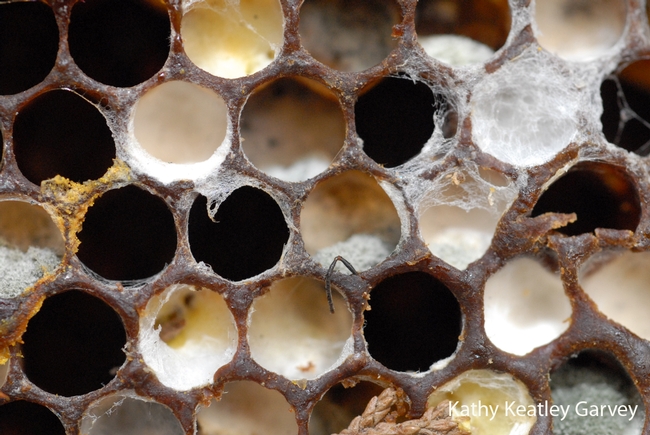
Bees have abandoned the hive in an apparent colony collapse disorder. (Photo by Kathy Keatley Garvey)
Zeroing in on Honey Bee Decline
Honey bee guru Eric Mussen talks a lot about the declining honey bee population. After all, he's served as the Extension apiculturist with the UC Davis Department of Entomology since 1976. Over the last several weeks, however, he's been fielding scores...
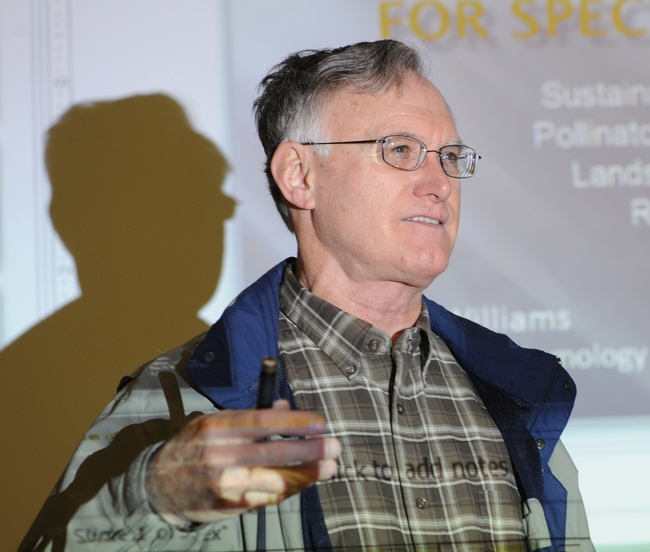
Extension apiculturist Eric Mussen answers questions from a Woodland crowd. (Photo by Kathy Keatley Garvey)
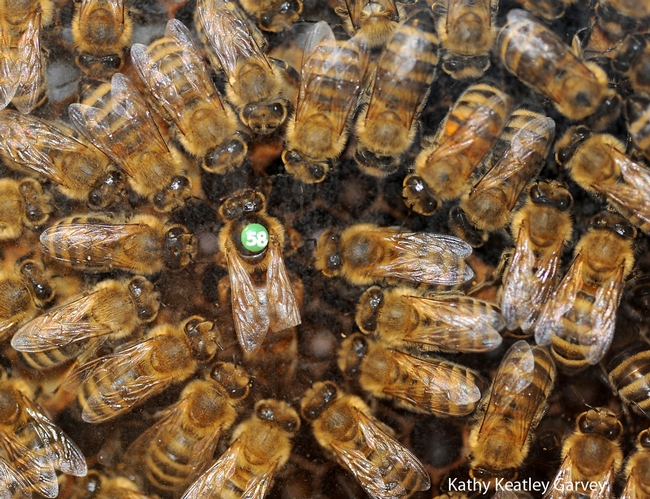
Queen bee and her retinue. (Photo by Kathy Keatley Garvey)
CCD: Worldwide Malady
Honey bee guru Eric Mussen, Extension apiculturist and a member of the UC Davis Department of Entomology faculty, is quoted in a Dec. 6 article in the Epoch Times about colony collapse disorder (CCD). CCD is the mysterious phenomenon characterized by...
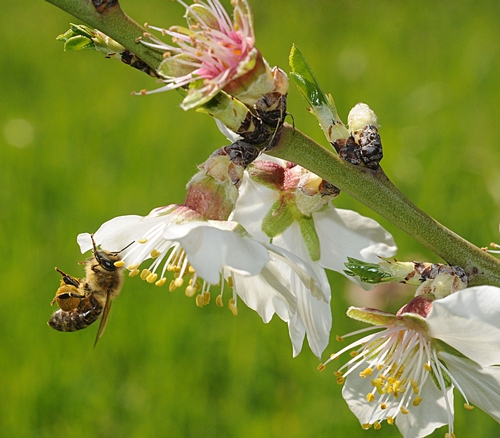
Honey Bee
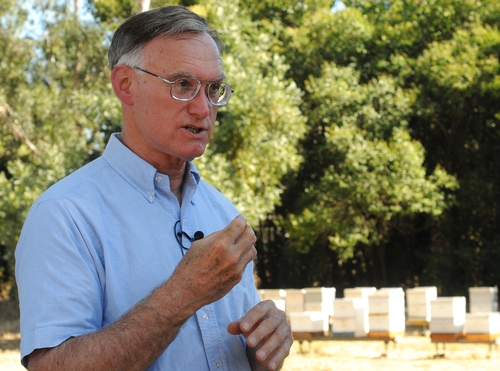
Eric Mussen
Bees Still in Trouble
The news is not good.The honey bee crisis is worsening. Back in November of 2006, commercial beekeeper David Hackenberg of Pennsylvania sounded the alarm. Fifty 50 percent of his bees had collapsed in Florida. Other beekeepers came forward with equally...

Tending the Bees

Close-Up

